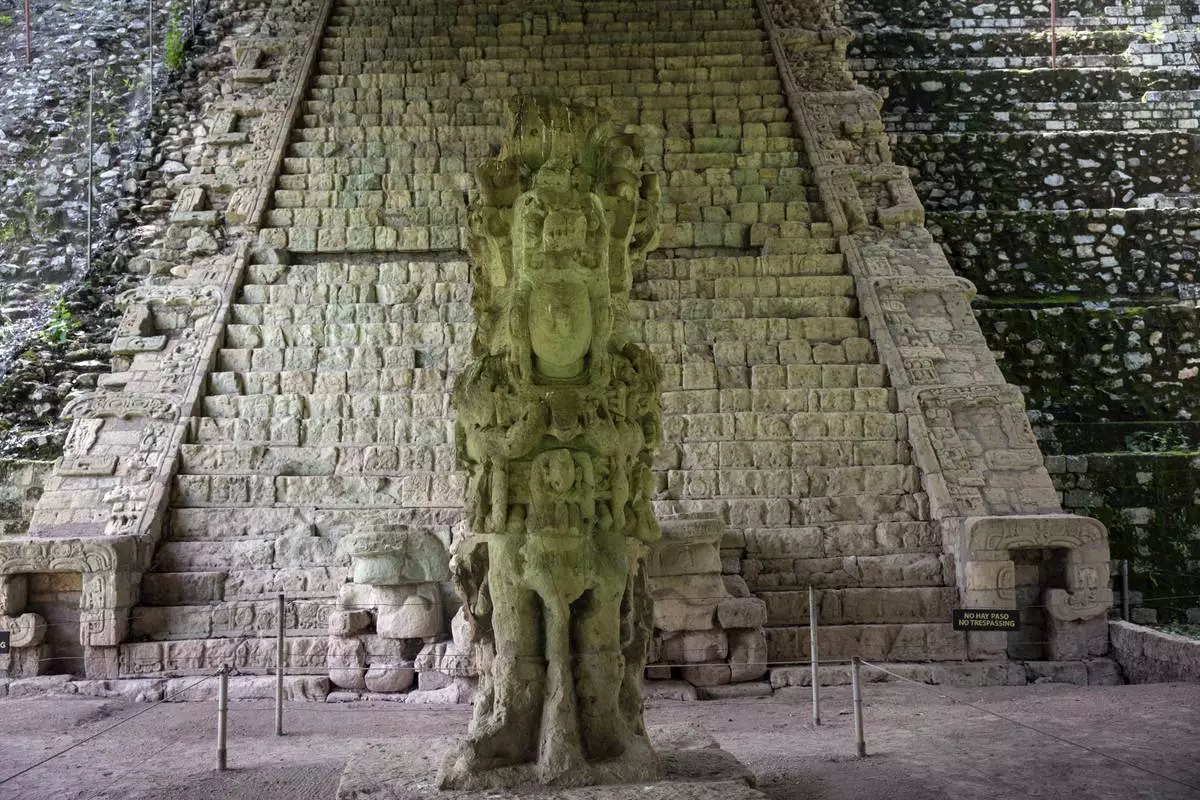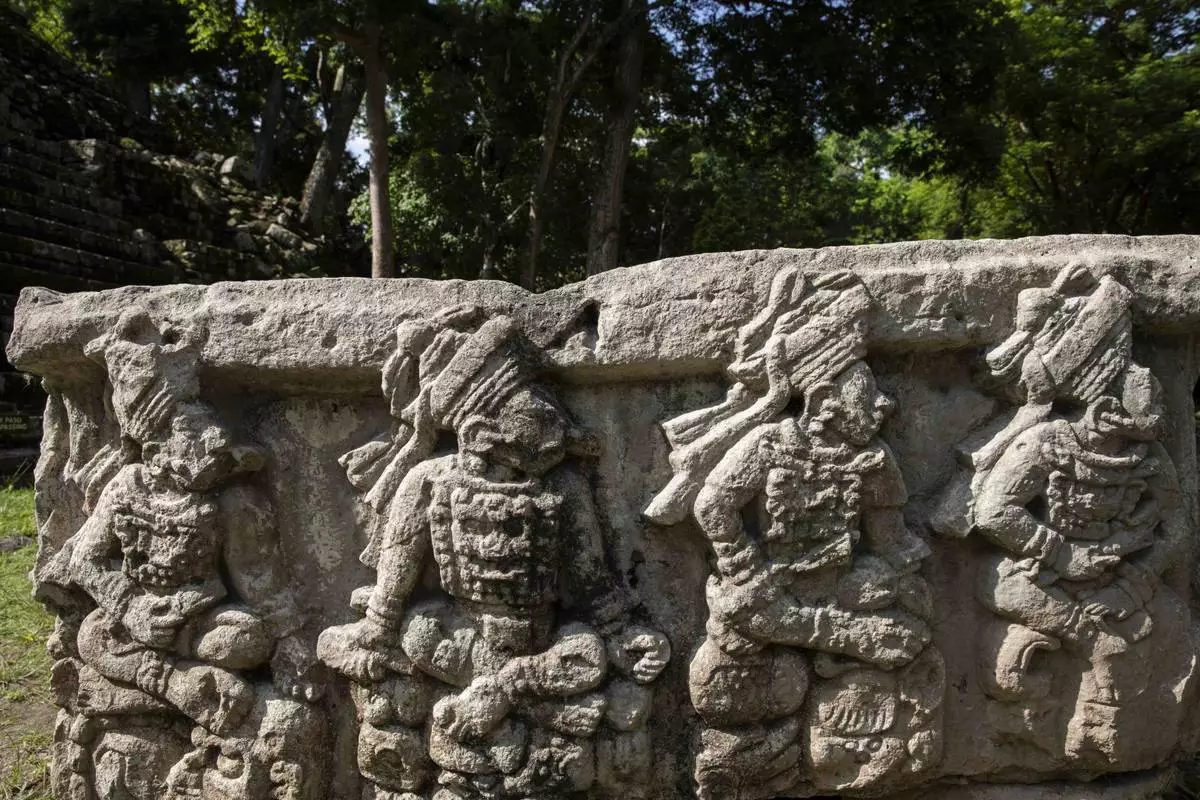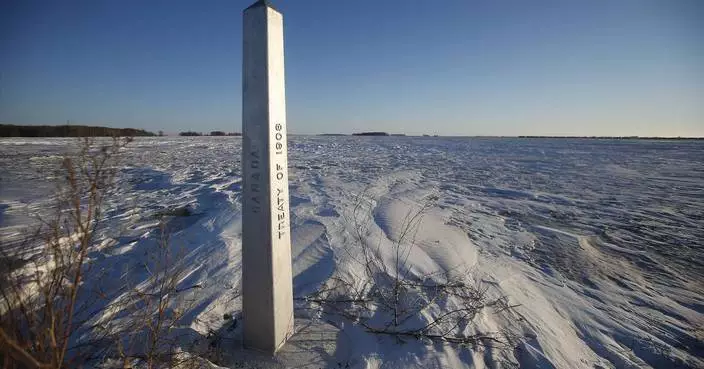The Texas Supreme Court on Friday overturned a lower court ruling that state Attorney General Ken Paxton testify in a whistleblower lawsuit at the heart of impeachment charges brought against him in 2023.
The court on Friday said Paxton’s office does not dispute any issue in the lawsuit by four former Paxton employees and agreed to any judgment in the case.
“In a major win for the State of Texas, the state Supreme Court has sided with Attorney General Paxton against former OAG employees whose effort to prolong costly, politically-motivated litigation against the agency has wasted public resources for years," a statement from Paxton's office said.
An attorney for one of the plaintiffs declined immediate comment, and a second attorney did not immediately return a phone call for comment.
The former employees allege they were improperly fired or forced out for bringing to the FBI allegations that Paxton was misusing his office to protect a friend and campaign donor, who in turn, they said, was helping the attorney general to conceal an extramarital affair.
The Supreme Court ruling noted that the Texas governor and Legislature have expressed a desire to hear testimony from the witnesses prior to agreeing to appropriate funds to settle the lawsuit.
The court said forcing Paxton, First Assistant Attorney General Brent Webster, Chief of Staff Lesley French Henneke and senior advisor Michelle Smith to testify earlier could improperly be used for legislative purposes in deciding any appropriation.
Under the preliminary deal, Paxton agreed to apologize to the former employees for calling them “rogue” employees, settle the case for $3.3 million and ask the state to pay for it, prompting the state House to reject the request and begin its own investigation, leading to the vote to impeach him.
Paxton was ultimately acquitted after a Senate trial.
The Supreme Court termed its ruling conditional upon the lower trial court complying with the decision, while saying it is “confident the trial court will comply” with the order.

FILE - Texas Attorney General Ken Paxton speaks at a news conference in Dallas, June 22, 2017. (AP Photo/Tony Gutierrez, File)
WASHINGTON (AP) — Long before the ancient Maya built temples, their predecessors were already altering the landscape of Central America’s Yucatan peninsula.
Using drones and Google Earth imagery, archaeologists have discovered a 4,000-year-old network of earthen canals in what’s now Belize. The findings were published Friday in Science Advances.
“The aerial imagery was crucial to identify this really distinctive pattern of zigzag linear canals” running for several miles through wetlands, said study co-author Eleanor Harrison-Buck of the University of New Hampshire.
The team then conducted digs in Belize's Crooked Tree Wildlife Sanctuary. The ancient fish canals, paired with holding ponds, were used to channel and catch freshwater species such as catfish.
“Barbed spearpoints” found nearby may have been tied to sticks and used to spear fish, said study co-author Marieka Brouwer Burg of the University of Vermont.
The canal networks were built as early as 4,000 years ago by semi-nomadic people in the Yucatan coastal plain. According to the study, the canals were used for around 1,000 years or longer, including during the “formative” period when the Maya began to settle in permanent farming villages and a distinctive culture started to emerge.
“It’s really interesting to see such large-scale modifications of the landscape so early — it shows people were already building things,” said University of Pittsburgh archaeologist Claire Ebert, who was not involved in the study.
At the height of Maya civilization, people in this region built temples, roads, pyramids and other monuments. They also developed complex systems of writing, mathematics and astronomy. Scientists know far more about this era because there are many more significant archaeological sites, said Ebert.
But this new study reveals a link between the earlier people on the landscape and the later emergence of Maya culture. These ancient channels for catching fish may have played a role in helping later Maya pyramids rise above the Yucatan rainforest.
“This shows continuity," said University of Pennsylvania archaeologist Jeremy Sabloff, who wasn't part of the research.
On a practical level, the fish-trapping canals helped the early people in the region to diversify their diets and feed a growing population, building a foundation for later cultural heights.
The Associated Press Health and Science Department receives support from the Howard Hughes Medical Institute’s Science and Educational Media Group. The AP is solely responsible for all content.

This 2019 photo provided by the Belize River East Archaeology project shows investigations of wetland canal features in the CTWS by the research team in Belize. (Belize River East Archaeology project via AP)

FILE - Stela M and the Hieroglyphic Stairway are seen inside the archeological site of Copan, in Copan Ruinas, Honduras, Saturday, July 3, 2021. (AP Photo/Rodrigo Abd, File)

This 2019 photo provided by the Belize River East Archaeology project, researchers excavate sediment that will be sequenced to help them date the evidence of a large-scale pre-Columbian fish-trapping facility in Belize. (Belize River East Archaeology project via AP)

FILE - Altar Q that depicts 16 kings in the dynastic succession of the city is seen inside the archeological site of Copan, in Copan Ruinas, Honduras, Saturday, July 3, 2021. (AP Photo/Rodrigo Abd, File)














